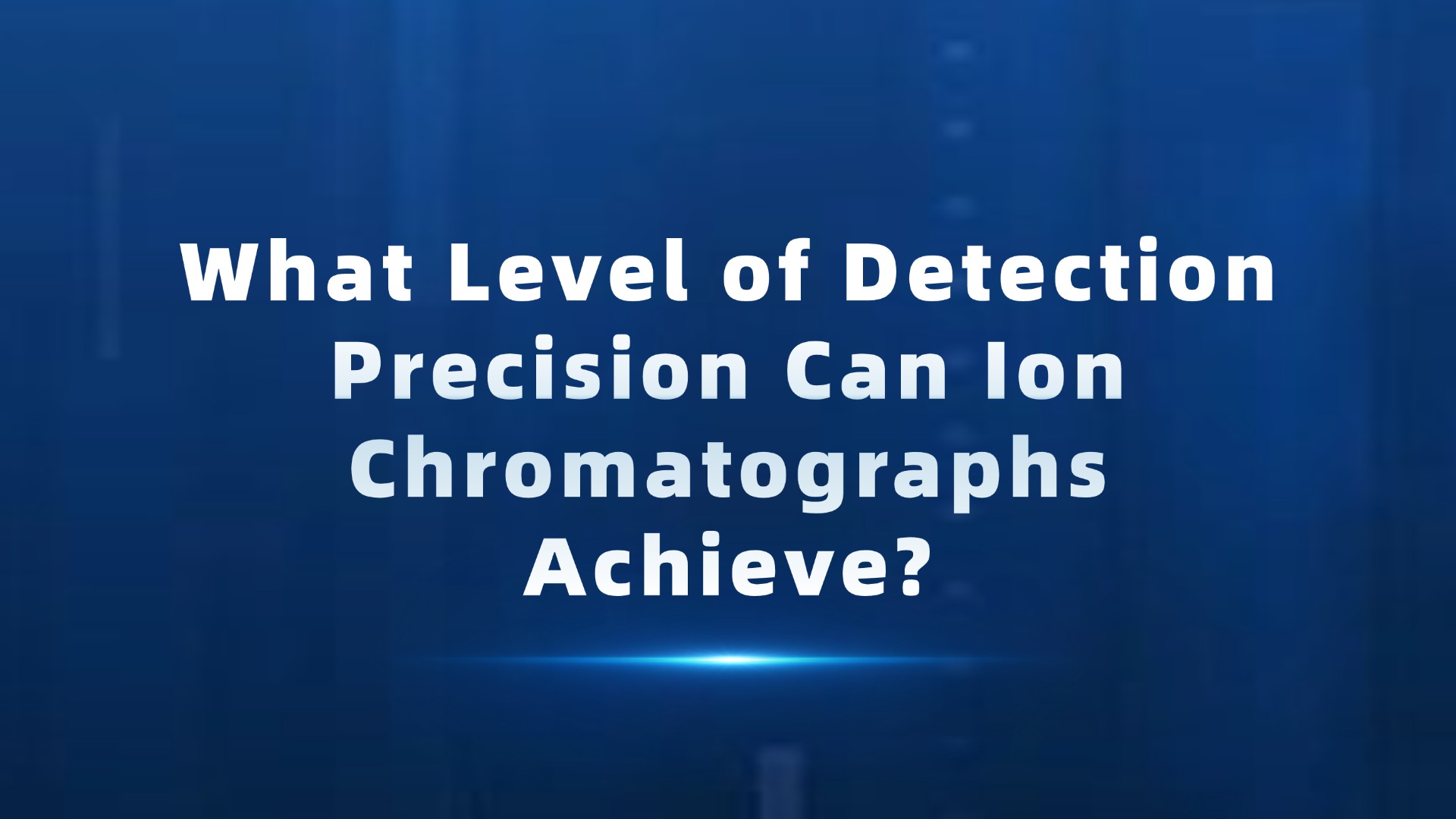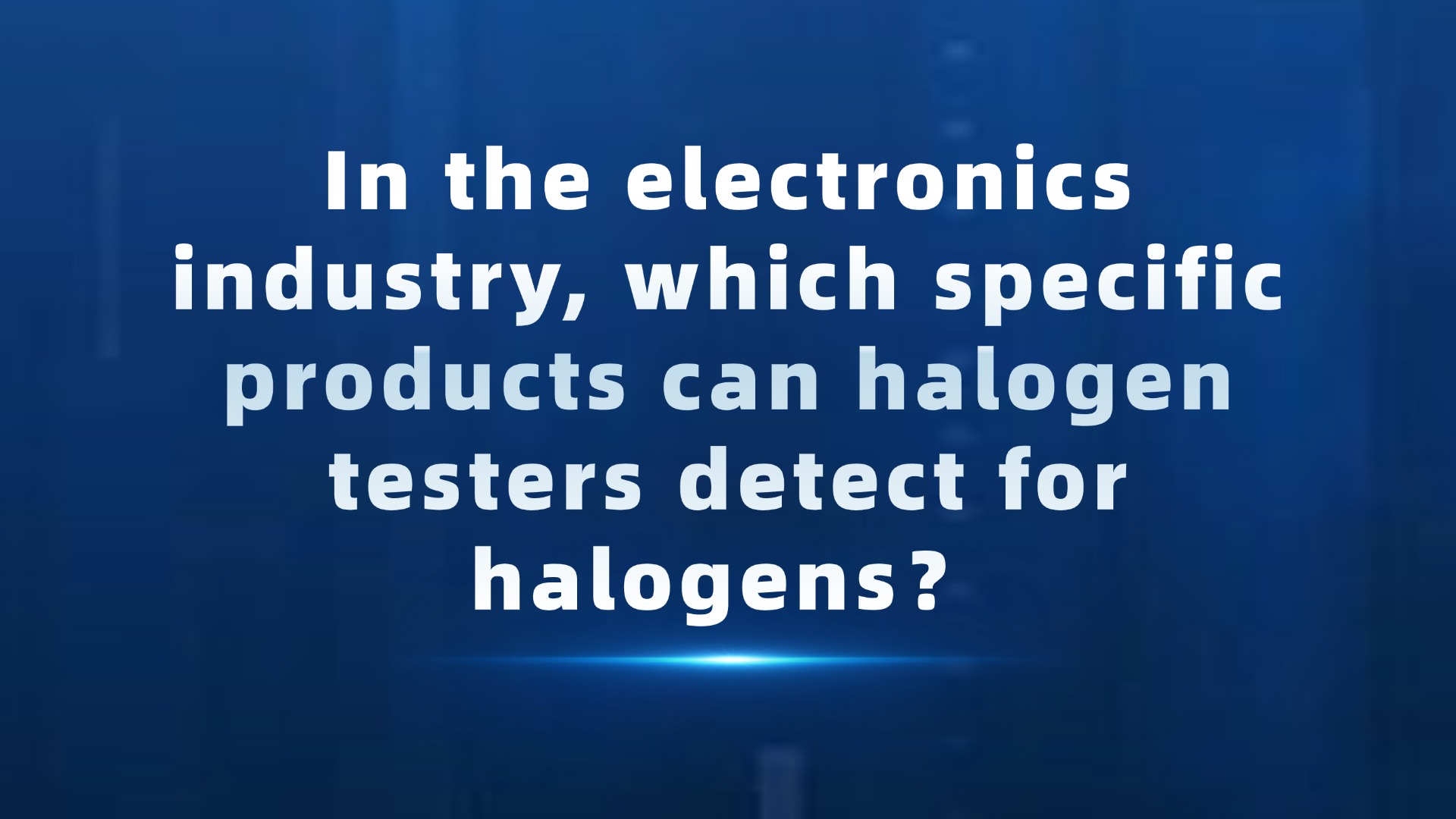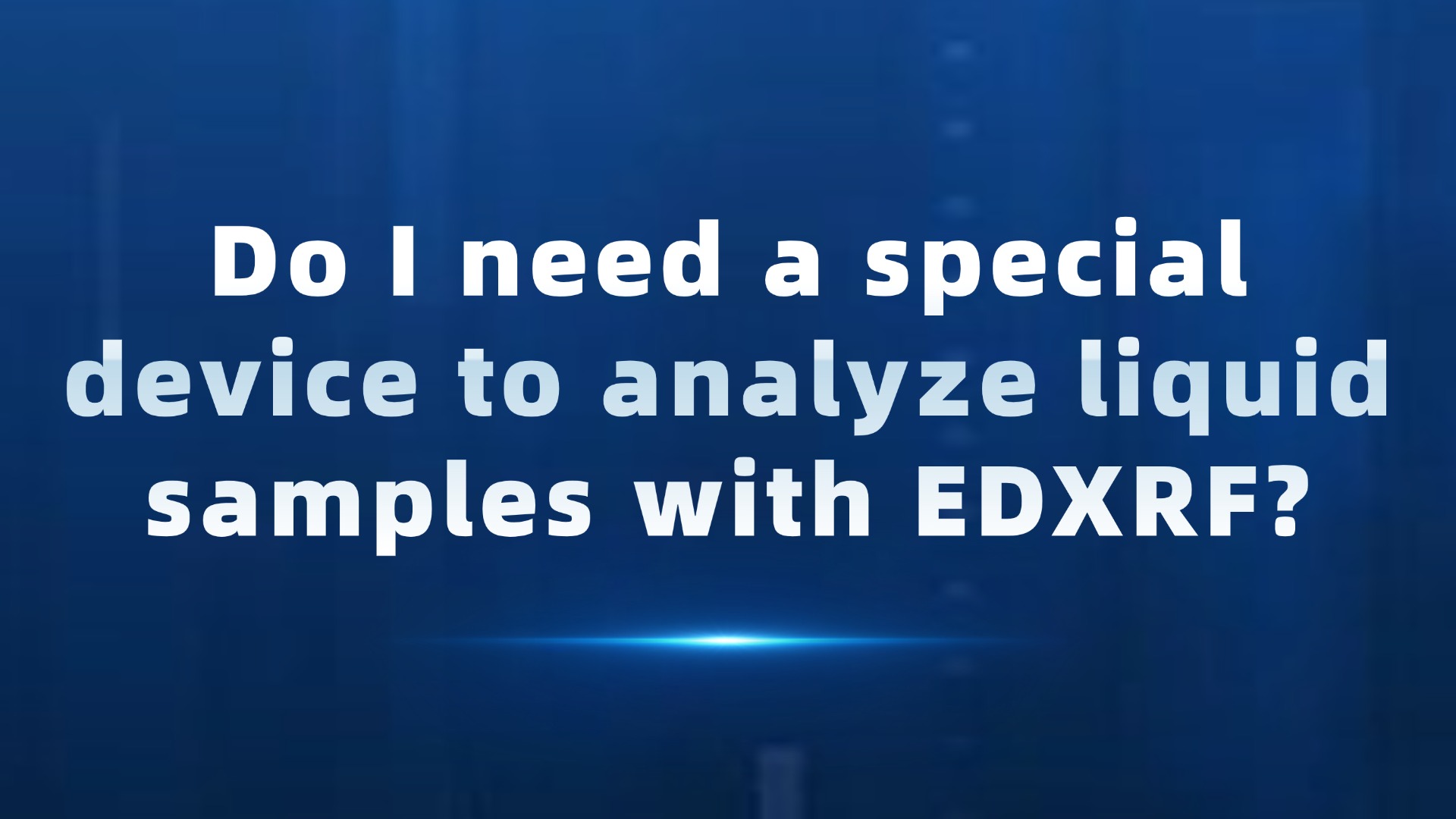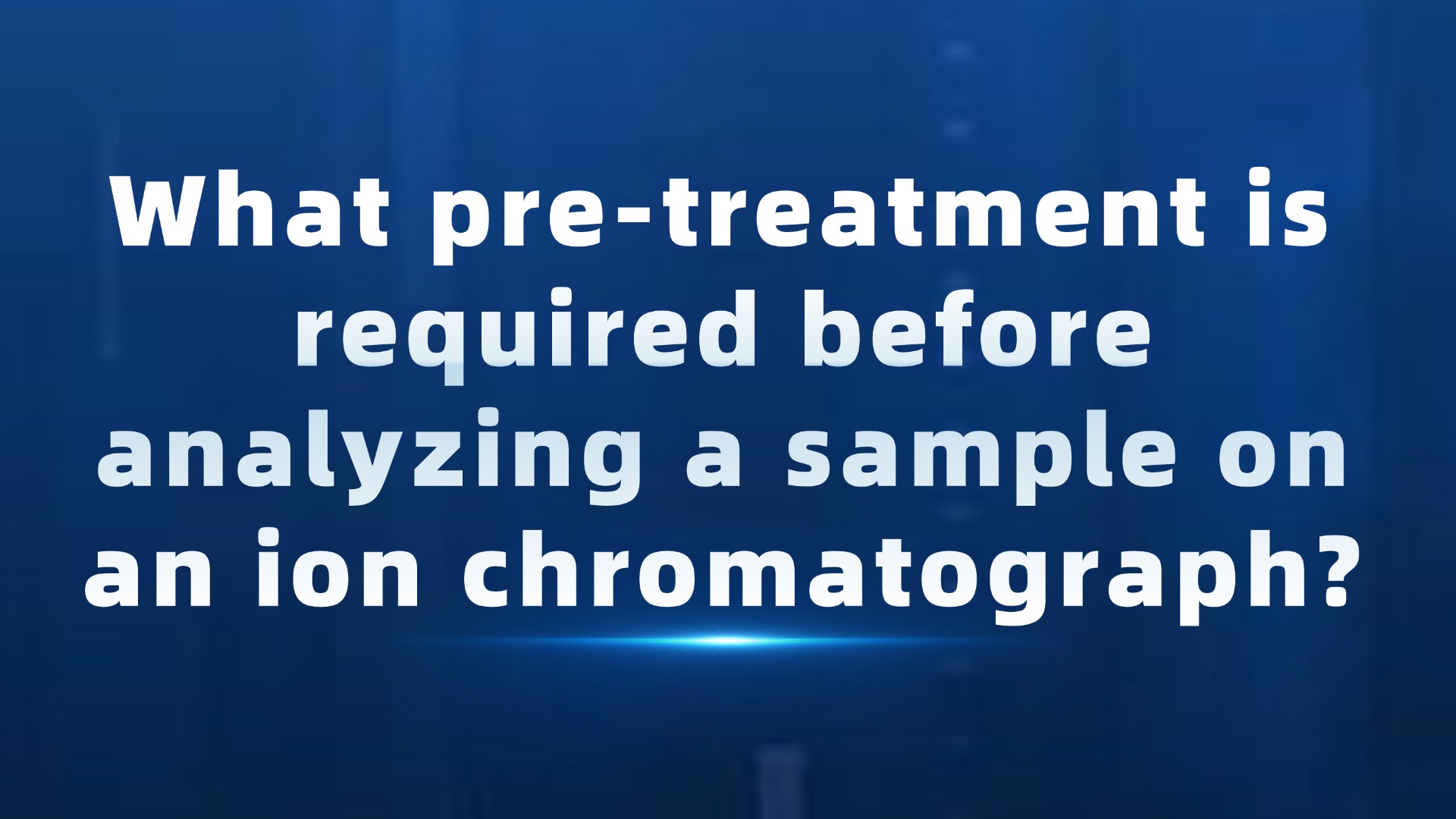The power of GC-MS lies in its integration of two powerful analytical techniques: Gas Chromatography (GC) and Mass Spectrometry (MS).
Gas Chromatography (GC) acts like an efficient "sorter," capable of separating various components in a complex mixture. Imagine GC as a long running track, where different pollutants are like runners with varying speeds. After completing the race, they are separated and reach the finish line one by one.
The separation principle of GC is based on the different distribution coefficients of substances between the stationary phase and the mobile phase. The stationary phase is typically a high-boiling-point liquid coated on the inner wall of a capillary column, while the mobile phase is an inert gas (such as helium). When a sample is injected into the inlet, it is carried by the carrier gas into the chromatographic column. Different substances undergo repeated distribution between the stationary and mobile phases. Due to their different distribution coefficients, they move through the column at varying speeds, achieving separation.
Mass Spectrometry (MS), on the other hand, acts like a sharp "detective," capable of identifying and quantitatively analyzing each separated component. MS analyzes the "fingerprint" of each component (i.e., the mass spectrum) to accurately identify the substance and determine its concentration.
The working principle of MS involves ionizing sample molecules into charged ions, which are then separated and detected based on their mass-to-charge ratio (m/z). The mass spectrum's horizontal axis represents the mass-to-charge ratio, while the vertical axis represents ion intensity. Each substance has a unique mass spectrum, much like a fingerprint, which can be used for qualitative analysis. Additionally, by comparing the peak areas of the sample and standard mass spectra, quantitative analysis can also be performed.
The application scope of GC-MS is extensive, covering almost all volatile and semi-volatile organic pollutants. Below are some common targets:
Persistent Organic Pollutants (POPs):
These substances are difficult to degrade, persist in the environment for long periods, and accumulate through the food chain, ultimately harming human health. For example, the widely used pesticides DDT and polychlorinated biphenyls (PCBs) belong to POPs. Although they have been banned or restricted, they still exist in the environment, posing threats to human health and ecosystems.
Organochlorine Pesticides: Such as DDT and hexachlorocyclohexane (HCH), once widely used but now banned.
Polychlorinated Biphenyls (PCBs): Previously used in electrical equipment, now restricted.
Dioxins: Highly toxic substances produced during waste incineration.
Polycyclic Aromatic Hydrocarbons (PAHs):
Mainly derived from the incomplete combustion of fossil fuels, such as vehicle exhaust and industrial emissions. Some PAHs, like benzo[a]pyrene, are strongly carcinogenic.
PAHs are organic compounds composed of two or more benzene rings, primarily originating from the incomplete combustion of coal, petroleum, and wood.
PAHs are widely present in the environment and can enter the human body through respiration, diet, and skin contact, posing health risks.
Volatile Organic Compounds (VOCs):
Easily volatilized at room temperature, mainly originating from industrial emissions, vehicle exhaust, and indoor decoration. Some VOCs, such as benzene and toluene, are harmful to human health, causing headaches, nausea, and even cancer.
VOCs are organic compounds that easily volatilize at room temperature and pressure, including benzene, toluene, xylene, and formaldehyde.
VOCs primarily affect human health by irritating the eyes and respiratory tract, causing headaches and nausea, and may lead to cancer with long-term exposure.
Organophosphate Pesticides:
Widely used insecticides, some of which are highly toxic, such as parathion and methamidophos.
Organophosphate pesticides are phosphorus-containing organic compounds mainly used to control agricultural pests.
While efficient, broad-spectrum, and easily degradable, some varieties are highly toxic, posing threats to human health and the ecological environment.
Endocrine Disruptors:
Chemicals that interfere with the endocrine system, such as bisphenol A and phthalates. Endocrine disruptors can affect human reproductive development, the immune system, and even cause cancer.
GC-MS plays a crucial role in environmental monitoring, including:
Water Quality Monitoring:
Detecting organic pollutants in drinking water, surface water, and groundwater to ensure water safety.
Atmospheric Monitoring:
Analyzing VOCs, PAHs, and other pollutants in the air to assess air quality.
Soil Monitoring:
Detecting pesticide residues, POPs, and other pollutants in soil to assess contamination levels.
Solid Waste Monitoring:
Analyzing toxic substances like dioxins produced during waste incineration to control pollution emissions.
With the continuous advancement of science and technology, GC-MS is also evolving. Future development trends mainly include:
High Sensitivity: Developing more sensitive detectors to improve the detection capability of trace pollutants.
High Throughput: Increasing analysis speed to enable rapid analysis of large sample volumes.
Intelligentization: Developing intelligent data processing systems for automatic data analysis and interpretation.
Portability: Developing portable GC-MS instruments to meet the needs of on-site rapid detection.
As an efficient, sensitive, and accurate analytical technique, GC-MS plays an irreplaceable role in environmental pollutant detection. It acts like a pair of "sharp eyes," helping us identify and quantitatively analyze various organic pollutants in the environment. It provides scientific evidence for environmental monitoring, pollution control, and risk assessment, making significant contributions to protecting the environment and human health. With the continuous progress of technology, GC-MS will play an even greater role in environmental protection.




